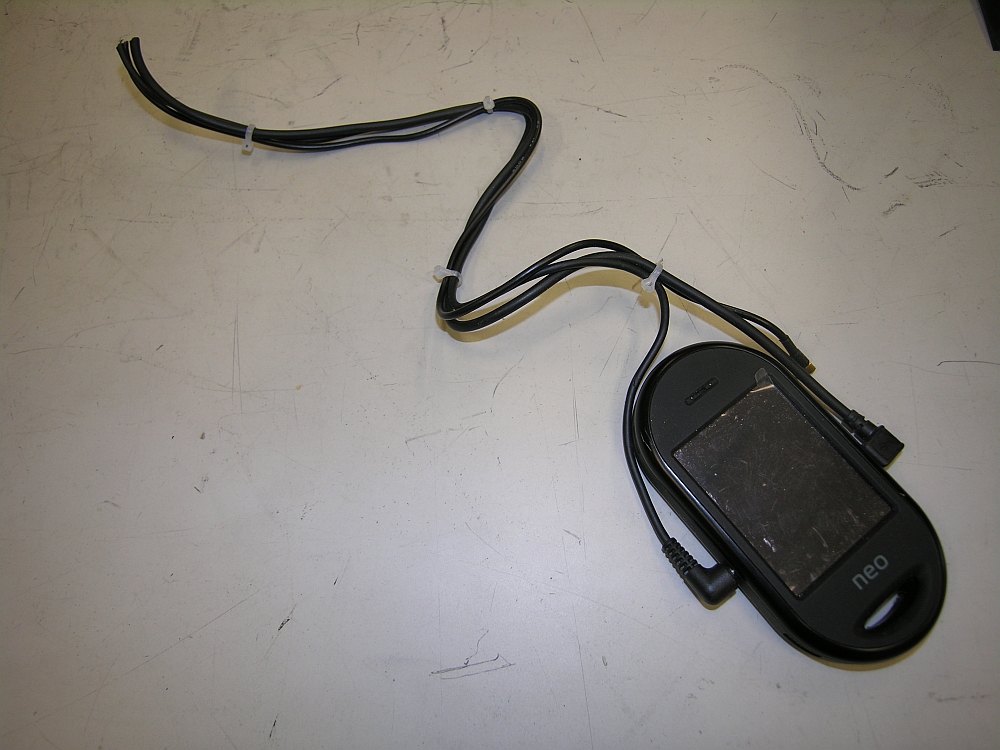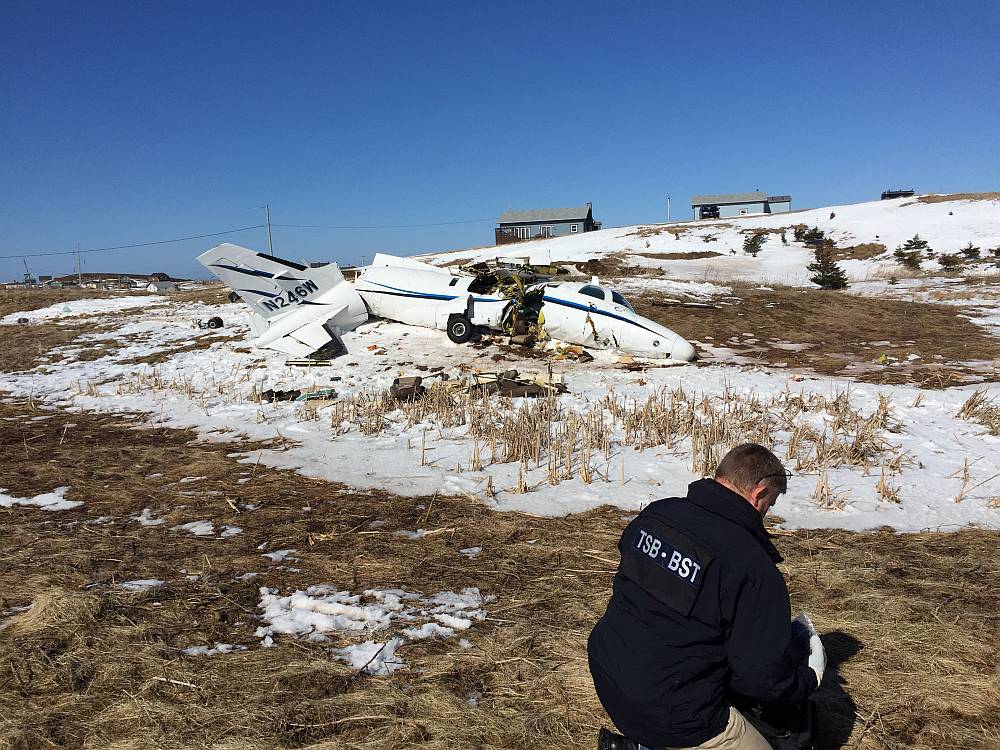Estimated reading time 4 minutes, 56 seconds.
Kathy Fox, chair of the Transportation Safety Board of Canada (TSB), used the podium at the recent Canadian Business Aviation Association (CBAA) convention in Kitchener-Waterloo, Ont., to press for the installation of lightweight flight recording devices on aircraft that are not currently required to carry them.

Using the example of the 18-month investigation into the October 2016 crash of a Cessna Citation 500 near Kelowna, B.C., in which four people died, Fox said the TSB is not much closer to knowing with certainty what happened.
“All we have is a hypothesis: that a pilot without enough recent night flights to carry passengers, with ‘limited’ recent experience flying by instruments, and who was likely dealing with a high workload associated with flying the aircraft alone, experienced spatial disorientation and departed from controlled flight shortly after takeoff.”

In Canada, cockpit voice recorder (CVR) and flight data recorder (FDR) requirements are based on the type of aircraft and its engines, the number of passenger seats, and the type of operation. Multi-engine, turbine-powered aircraft with six or more seats and for which two pilots are required must also carry recording devices.
The Citation 500 was a privately-operated aircraft approved for single-pilot operations and so it was exempt from those regulations.
The absence of flight data recorders has hampered several accident investigations.
Back in May 2013, the TSB issued a recommendation that “the Department of Transport work with industry to remove obstacles to and develop recommended practices for the implementation of flight data monitoring and the installation of lightweight flight recording systems by commercial operators not currently required to carry these systems.”
Although the regulator initially said it supported the recommendation, very little was done to advance the issue.
Following the Kelowna accident, the TSB took it a step further, recommending the mandatory installation of lightweight flight recording systems by commercial operators and private operators not currently required to carry them.
In February 2018, Transport Canada held an industry focus group to assess the challenges and benefits of installing these recording devices.
However, the TSB is concerned with the lack of progress to date. “Our recommendation was made in 2013, and it’s taken Transport Canada five years to move on this issue,” said Fox.
The TSB believes the devices are essential because they enable the identification and communication of safety deficiencies so they can be prevented in the future.
Fox compared the Citation 500 crash in B.C. with another incident in March 2016, in which a Mitsubishi MU-2 aircraft crashed on approach to the Îles-de-la-Madeleine airport in Quebec. That accident killed all seven people on board.

However, the MU-2 pilot had installed a portable, lightweight recording device on board the aircraft that captured cockpit sound, voice audio, GPS info and acceleration data. Although the device was not required by regulations, it proved invaluable in assisting investigators to recreate the chain of events leading to the crash.
“Without that lightweight flight data recorder, we would have faced the same situation we faced in Kelowna,” said Fox. “That is the difference a recorder makes, and that is why the TSB is now pushing to have them on aircraft.”
But while the board is recommending the mandatory installation of these recorders, it does not endorse any particular brand or identify minimum standards or equipment cost. Fox said the International Civil Aviation Organization (ICAO) is currently developing these guidelines.
In the meantime, she added that while the overall safety record of Canadian Aviation Regulations (CARs) Part 604 private operators–a category which includes CBAA members–is good, she cautioned that “without the underlying activity level data it’s hard to compare to other sectors.”
The TSB is currently developing its 2018 Watchlist, which identifies the top safety concerns facing air, marine and rail transportation in Canada. The previous list, issued in 2016, identified three aviation-related safety concerns: unstable approaches, runway overruns, and risk of collision on runways.








